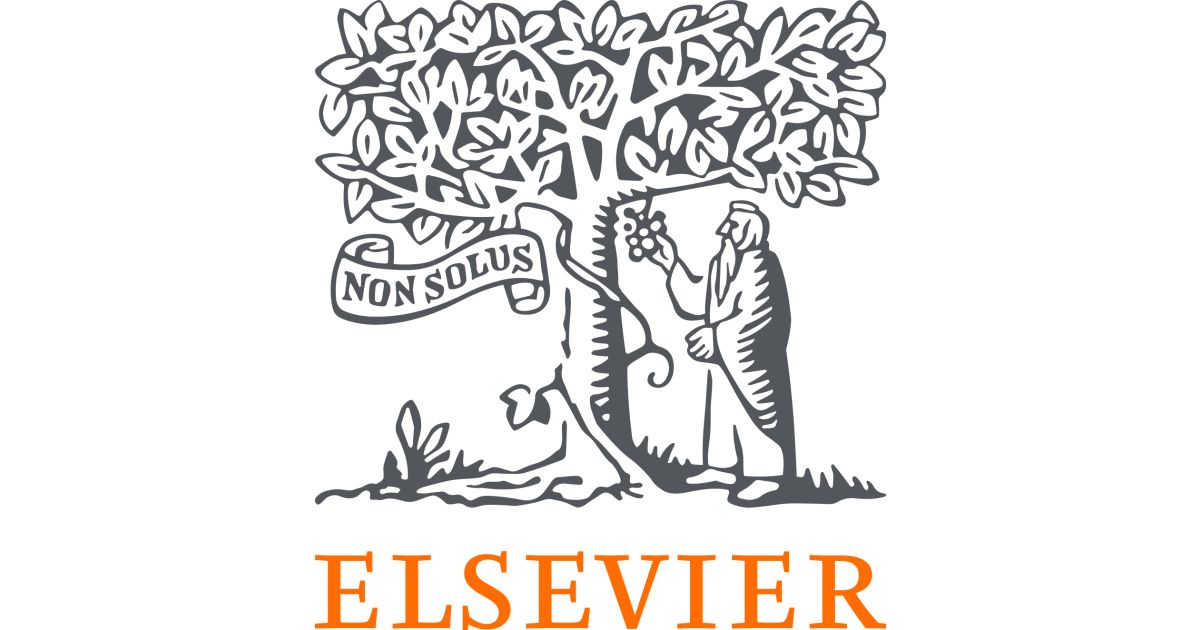Leave a Reply
You must be logged in to view and post comments.
Since first being reported in December 2019, the severe acute respiratory syndrome coronavirus 2 (SARS-CoV-2) has rapidly spread worldwide. The resulting coronavirus disease of 2019 (COVID-19) was declared a pandemic by the World Health Organization (WHO) in March 2020. SARS-CoV-2 is considered to primarily be spread by droplet transmission and direct contact. Given the behaviour of similar viruses such as severe acute respiratory syndrome (SARS, also known as SARS-CoV-1), Middle East respiratory syndrome (MERS) and the influenza viruses it is very likely that it can also be spread in an airborne manner by aerosolized particles. It is unclear how significant the roles of airborne transmission and transmission related to aerosol-generating procedures (AGPs) are in the spread of SARS-CoV-2. This is a knowledge gap that leaves clinicians unsure whether procedures are safe to undertake. Lack of clarity of risk may in turn lead to preventable infections of healthcare workers if procedures are undertaken without appropriate protection, or to worse outcomes for patients if procedures are withheld due to safety concerns. Without specific data relating to SARS-CoV-2, varying guidelines have been established based on general principles and research from SARS and other viruses.
